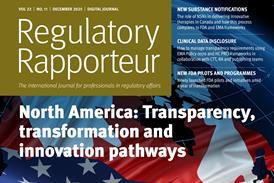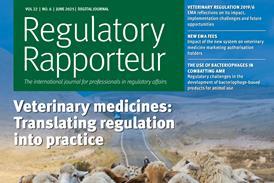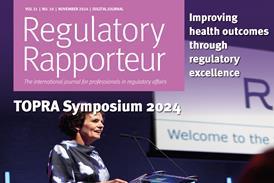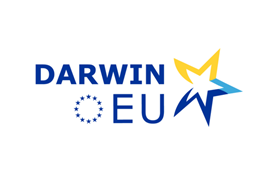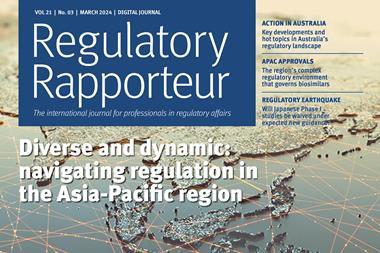
Regulatory Rapporteur
March 2024 | Volume 21 | No.3
Our first regionally focused issue for 2024 metaphorically travels to the Asia-Pacific (APAC) region. Asia makes up 60% of the global population and there are a large number of regulatory agencies with which to engage, and varying degrees and types of regulations to be considered. This regulatory region includes Australia, China, Hong Kong, India, Indonesia, Japan, Malaysia, New Zealand, Philippines, Singapore, South Korea, Taiwan, Thailand and Vietnam.
Starting in Australia, authors David Batka and Kate Burke look at the trends within its market for 2024. Two years ago, the Australian government and its regulatory agency, the Therapeutic Goods Administration (TGA), initiated an expert review of medicine and device regulations to bring about reforms for patient access, flexible regulatory pathways and adopting risk-based approaches. The outcome of this process is now being seen within its market. Several new regulatory pathways are now available to sponsors, including priority review for early access to new therapies and a comparable overseas recognition pathway.

In addition, there are moves to strengthen the supply system with TGA notification requirements which allow the agency to investigate alternative medicines for Australian patients should there be supply chain issues. There is also a new programme being evaluated to look at new indications for existing medicines. The article looks at medical devices, cybersecurity and artificial intelligence regulation, and touches on the specialised role of the Office and Gene Technology Regulation which adds a layer of complexity within the country’s regulatory framework for cell and gene therapy products. This supports the country’s efforts in balancing the risk of product escape for biologics with part of its role to consider risk to Australia’s biodiversity.
Next, we have an article from Rajendra Kunda and colleagues which looks at the chemistry, manufacturing and controls (CMC) requirements for biosimilars across the APAC region. This region has seen a surge in biosimilars, and it has the highest number of investigative products being studied when compared to other regions, however they sit under a complex regulatory landscape. This article covers the regulatory framework, agency interaction, quality target product profile, analytical similarity and development process for registration of biosimilars in the region. It also observes that although general similarity is seen across the markets, the approval timings vary significantly and appropriate and timely interactions with each different agency is key.
Moving then to Japan, the next article is from Yoshiaki Hattori and Masami Tamura and evaluates an update to national guidance in December 2023 regarding the inclusion of Japanese patients in global clinical trials. Prior to this date, a standalone phase I pharmacokinetic study of Japanese participants was required before the inclusion of participants from the country in any multi-regional clinical trial. The updated guideline allows a waiver to be applied under certain circumstances and this article explores the requirements for a waiver and how it can be applied.
Japan… is now ramping up its efforts to catch up with leading nations in this area…
Staying in Japan there is a further article by Mohamed Oubihi which examines the country’s experience with digital healthcare and recent developments in its use. Historically, Japan has been comparatively slow in its healthcare sector digital transformation when measured against other developed countries. However, it is now ramping up its efforts to catch up with leading nations in this area
This issue also covers an overview of innovative trial designs with a focus on collection of reliable, robust and meaningful data. It looks at data quality for clinical trials where the new data normal is an increase in volume and variety which requires modern and robust data management practices.
And finally, we evaluate a new regulation for veterinary medicinal products where there is an opportunity for additional data protection in the EU for a new or extended maximum residue limits. The advantage of this is that it increases availability of treatment for less prevalent animal species.



